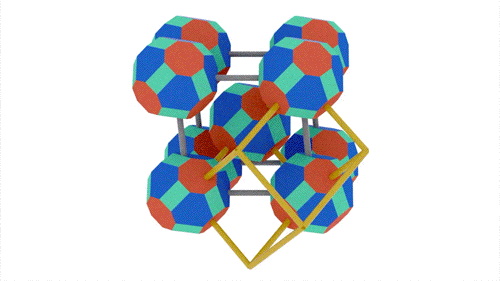- Nanoelectronics and the effect of quantum confinement
"Quantum nanowires" described for producing wires with a wide range of electrical properties
Researcher and Author: Dr. ( Afshin Rashid)
_0mkg.gif)
Note: Nanowires are just like regular electrical wires except for the fact that they are much smaller. Like regular wires, nanowires can be made from a variety of conductive and semiconducting materials, such as copper, silver, gold, iron, silicon, zinc oxide, and germanium. Nanowires can also be made from carbon nanotubes.
Nanowires are less than 100 nanometers in diameter and can be as small as 3 nanometers. Typically, nanowires are more than 1000 times longer than their diameter. This huge difference in length-to-diameter ratio compared to nanowires is often referred to as 1D materials. This leads to unique properties not seen in bulk materials, the minute size of nanowires means that quantum mechanical effects become of great importance. "Quantum wires" exploit quantum mechanics to produce wires with a wide range of unique electrical properties. These properties include quantum tunneling, which allows wires made from carbon nanotubes to have very high conductivity with electrons traveling ballistically through the wire.

In the immersion method, the nanowires have enough time to transfer from the nanowire particles to the pores; the formation of uniform nanoparticles is carried out slowly and finally uniform nanowires are formed. Structural investigation with FESEM in the immersion method, the nanowires are formed uniformly in all the pores and in a wide area in the nanowire particles. The simple answer to this question is that each particle is less than 100 nm. But as the scale from 1 - 100 nm determines the size range of a nanoparticle. In order to avoid contact of cluster particles of atoms, it may be removed below 1 nm, but the electron movement in the nanoparticles has particles <1 nm. Since the particles are three-dimensional.
Conclusion:
Nanowires are just like regular electrical wires except for the fact that they are much smaller. Like regular wires, nanowires can be made from a variety of conductive and semiconducting materials, such as copper, silver, gold, iron, silicon, zinc oxide, and germanium. Nanowires can also be made from carbon nanotubes.
Researcher and Author: Dr. ( Afshin Rashid)
Specialized PhD in Nano-Microelectronics


